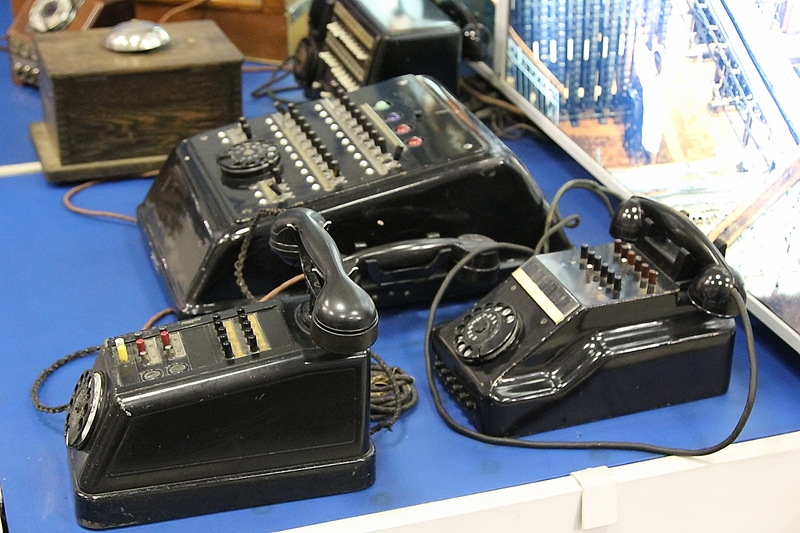
At present, when we have not just mobile phones but rather minicomputers in our bags and pockets even disk telephones seem to be a history. There is a museum in Moscow where the most unique telephones and other devices are collected.
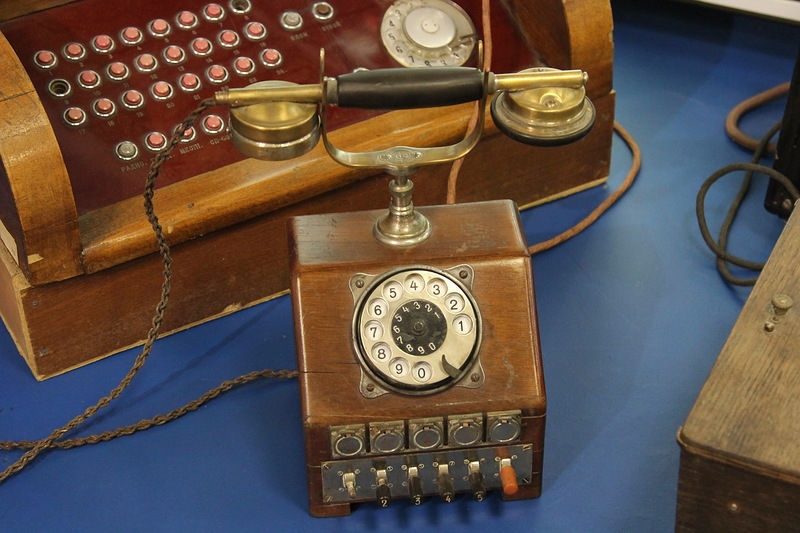
The museum of Moscow urban network started its work in 1982. The fist exhibits were collected during 3 years and people brought devices here themselves.
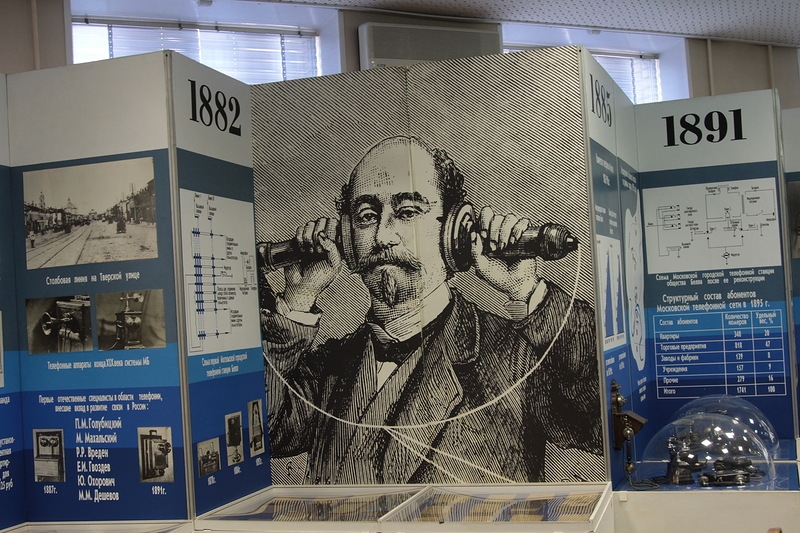
The museum of Moscow urban network started its work in 1982.
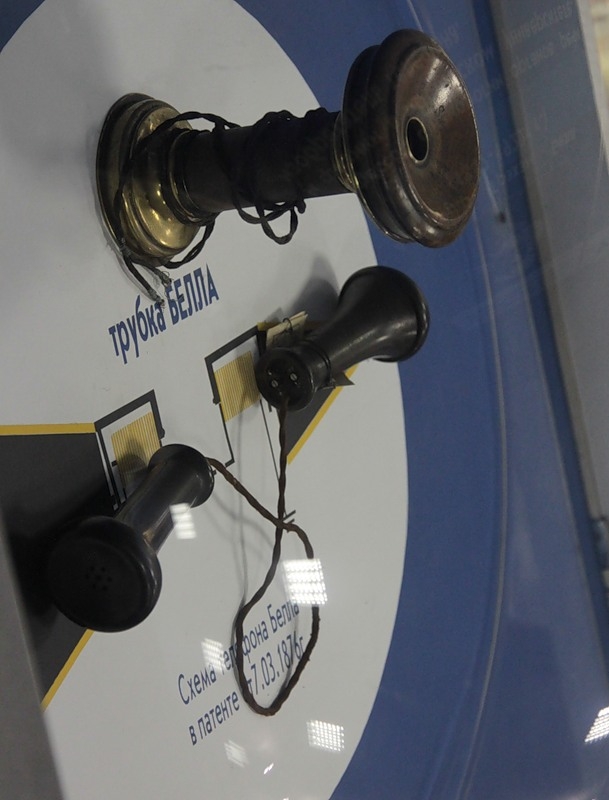
Telephony as a phenomenon appeared in the end of the 19th century. Engineers of those times were thinking over how human speech can be transferred at a distance. Alexander Bell was the first person who transformed speech into electrical signal. His device could provide for communication of two people only while others needed a telephone station for that.

By 1890 in 5 large cities of the USA there existed telephone networks or fast and confidential data transfer for banks and exchange houses. In the beginning of the 20th century 5 companies producing equipment for such a rapidly developing branch as telephony including Ericson were located in Sweden only.


The first call was made in Moscow on 1 July 1882. Every commutator had 50 numbers and calls were processed by telephonists. It cost 250 rubles a year that time to rent such a center which amounted to the cost of a house. Only 26 people could afford using the service initially and by 1901 the number of call recipients increased to 3000.
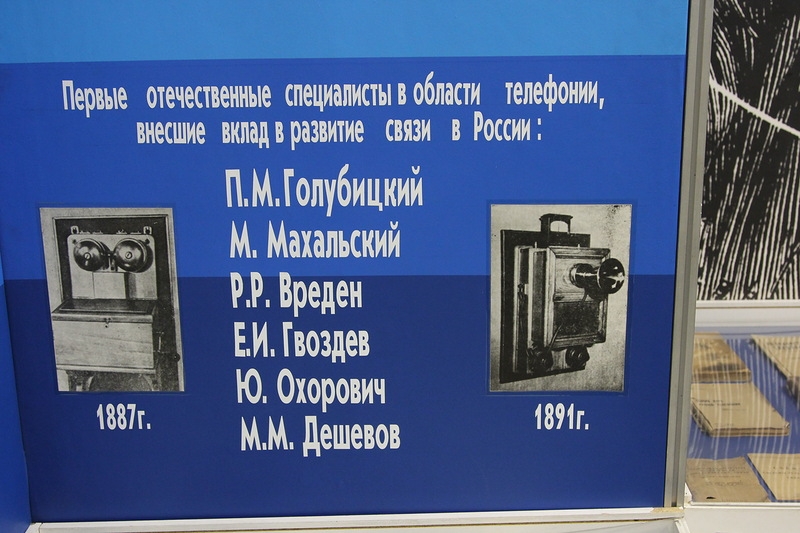
First Russian specialists in the sphere of telephony who made a contribution into development of telephone network in Russia: Golubitsky P.M., Makhalsky M, Vreden R.R., Gvozdev E.I., Okhorovitch Y., Deshevov M.M.

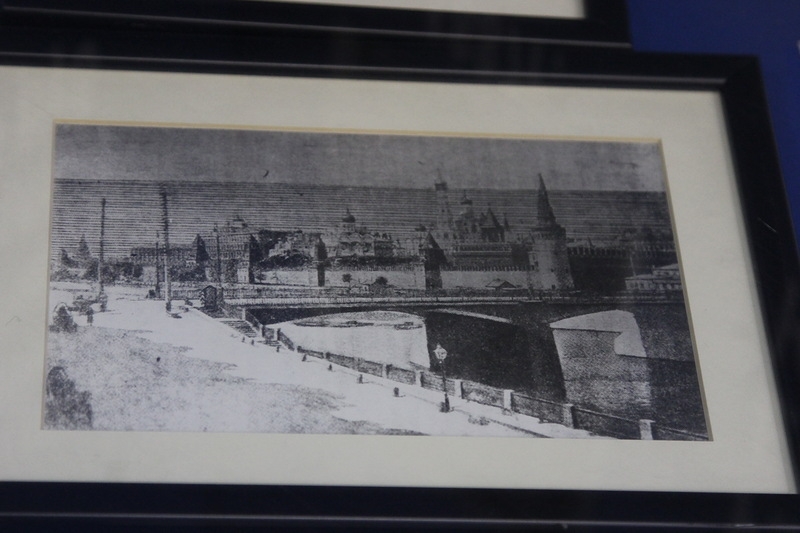

In 1901 there was a competition among different network operators. The cost of their services could not exceed 125 rubles. A Swedish-Dutch-Russian company wanted to leave the European market with a high level of competition and win the Russian market. They managed to offer best prices and high quality.
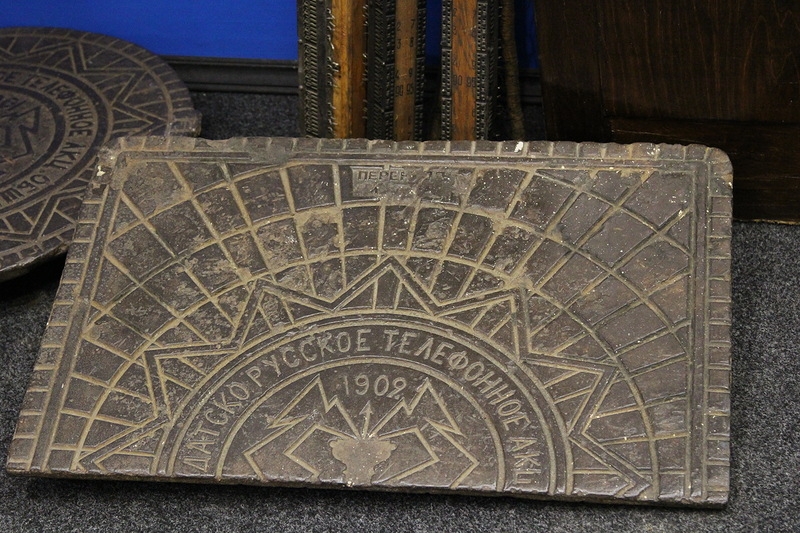
By 1916 the Moscow network city was the best network in Europe as far as its equipment and number of recipients went.
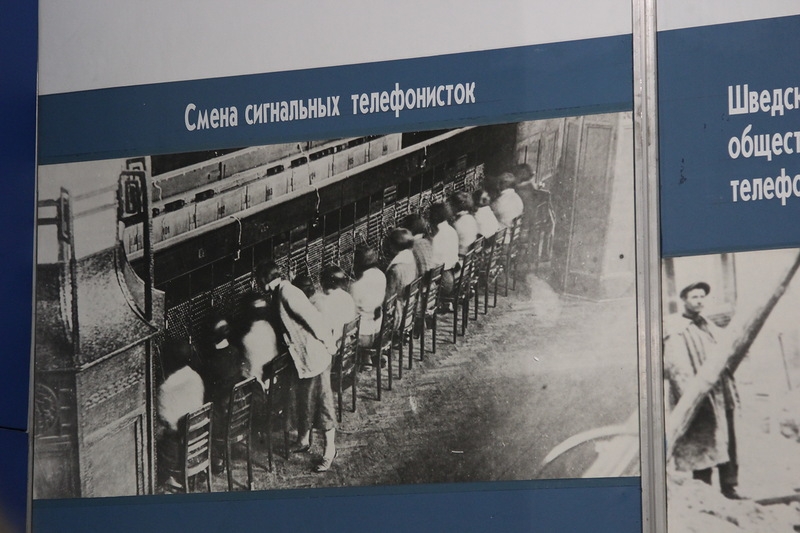

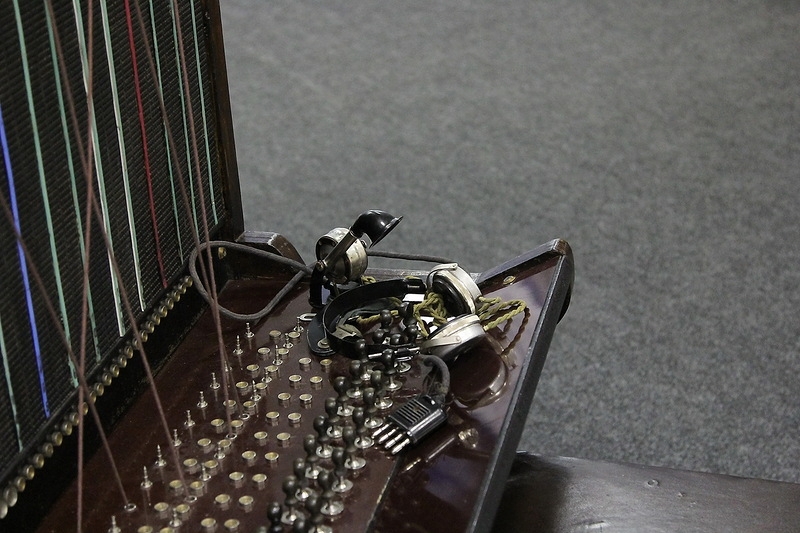
The stations were supplied with commutators. Telephonists were standing and sitting. The first numbers were dialed in the upper part while the last ones – in the lower one.
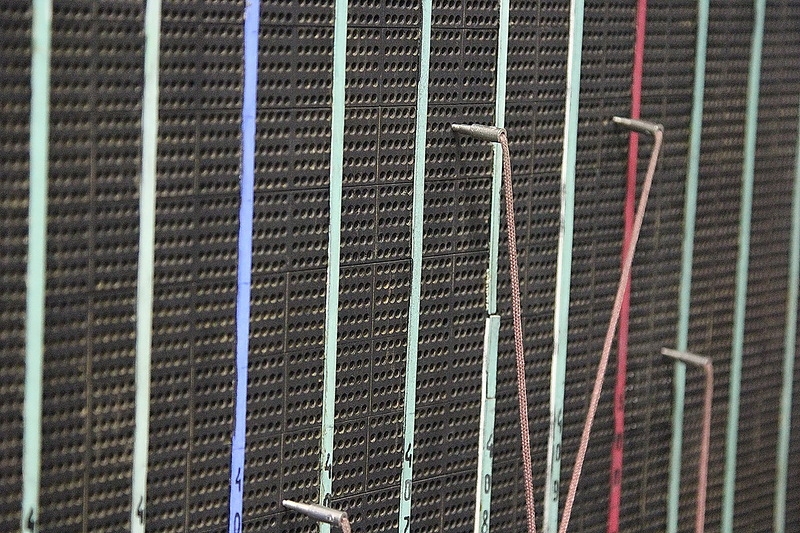

There were about 3 telephone communications a minute and 180 communications an hour. Telephonists who were mostly well-educated but poor noblewomen with good manners recognized their recipients by voices.
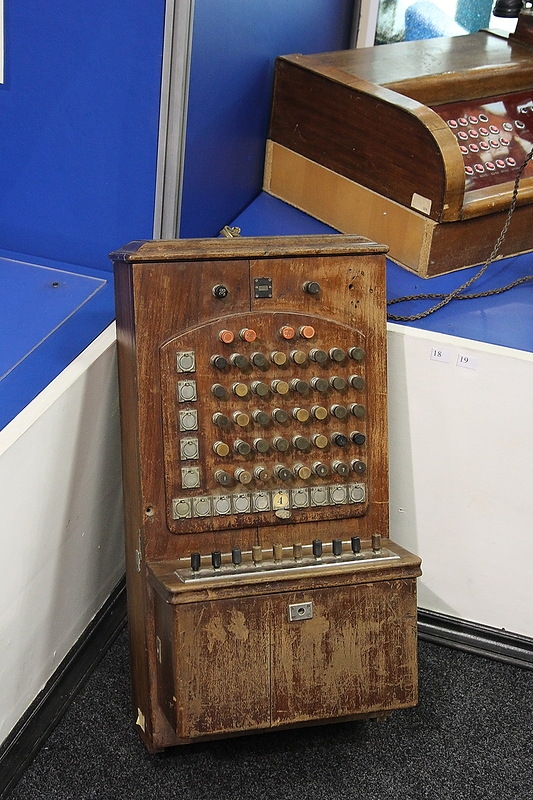
A telephone of those times.
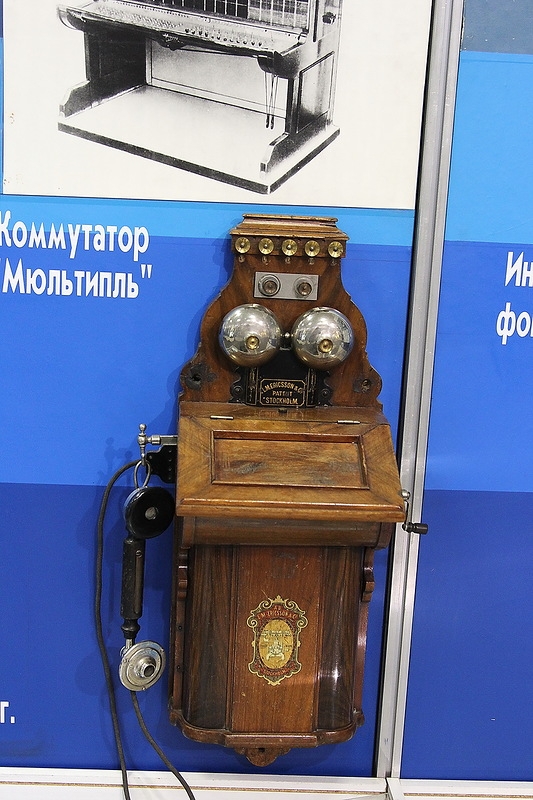
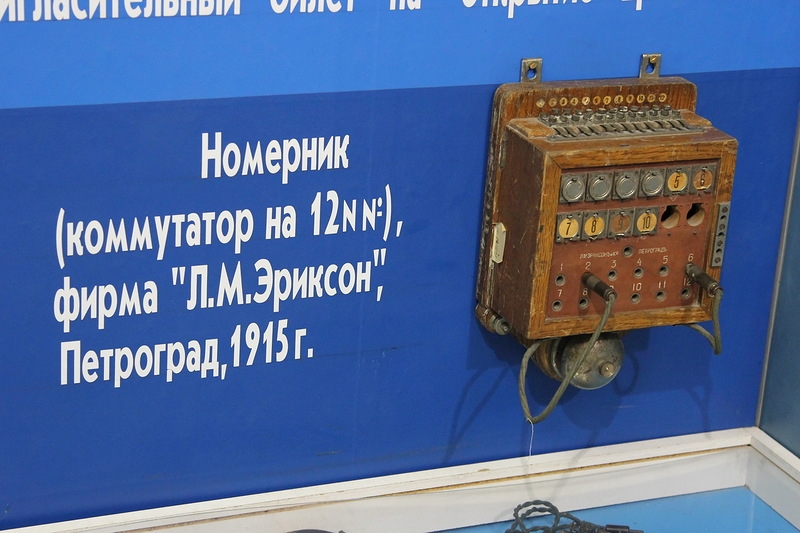
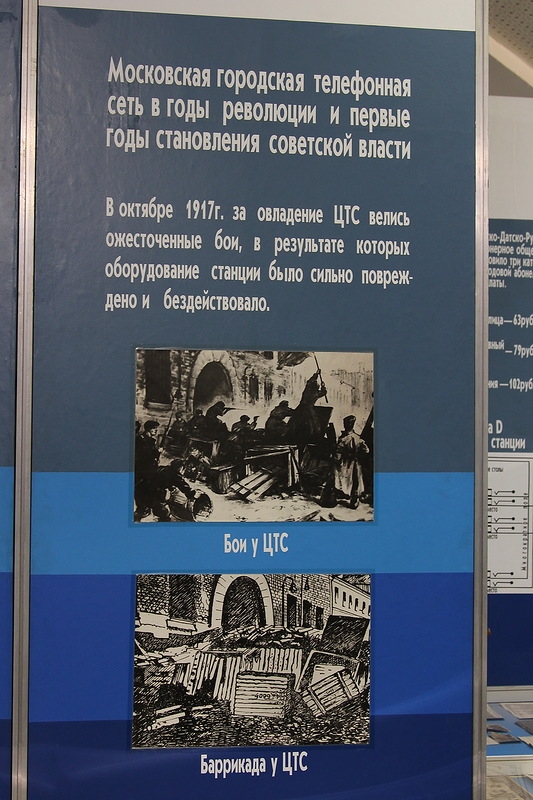
During revolution the Moscow station was captured by the Red Army men for several days. In the result of the severe fights the station equipment was severely damaged and stood idle for some time.

After the revolution many specialists left the country or were fired and the possibility of rendering services was considerably reduced. Telephones were used only by hospitals, banks and a very limited number of private recipients. Meanwhile, the world started using automatic telephone stations. The first ATS was made in the USA by a coffin maker who tried to scoop his competitor whose wife was a telephonist and always connected clients with her husband only.
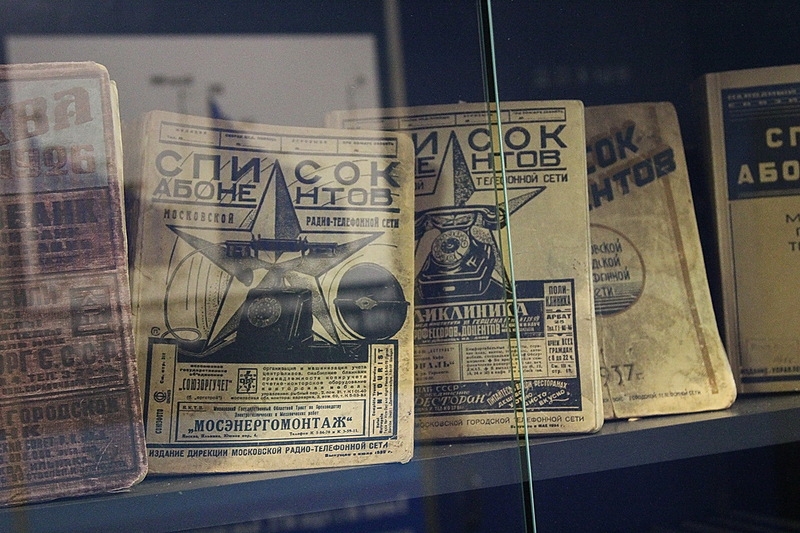
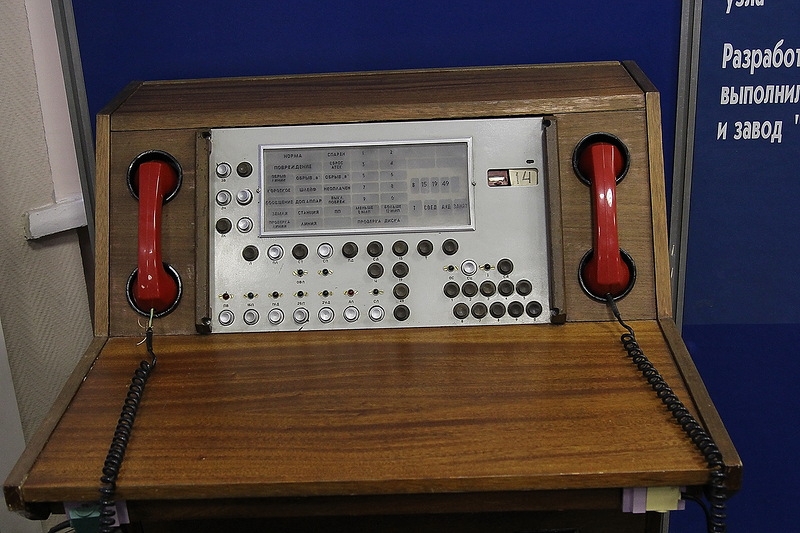
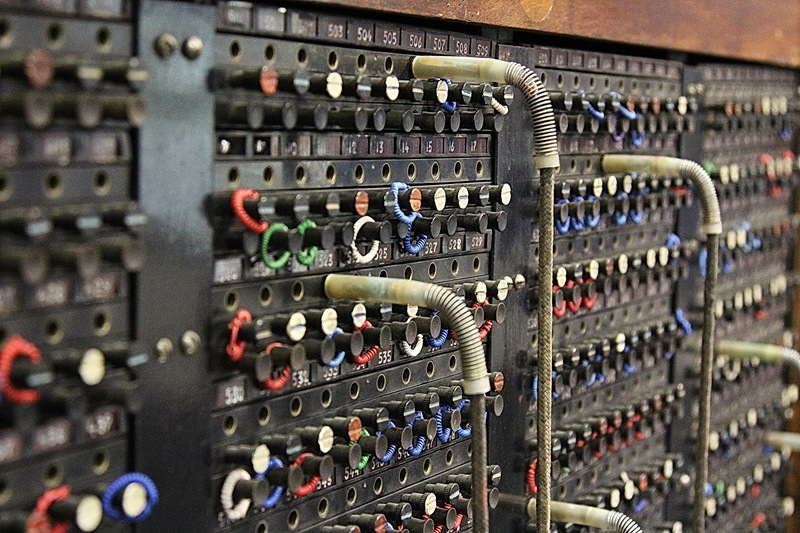


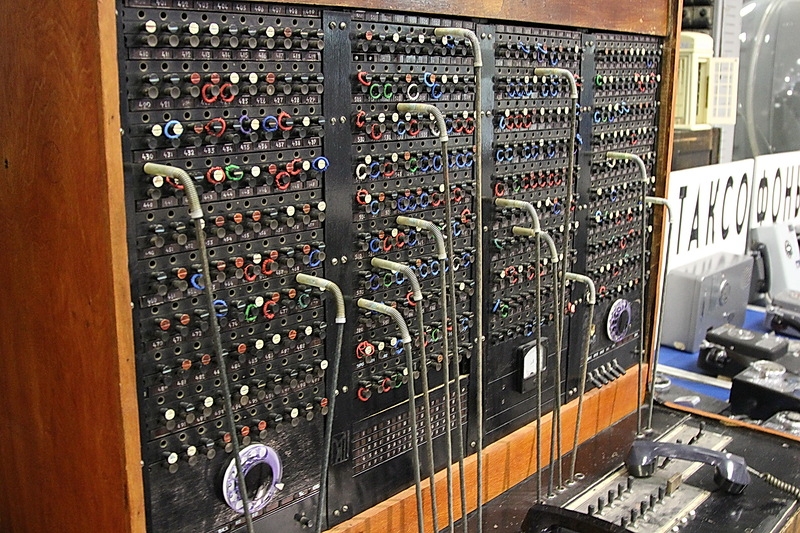


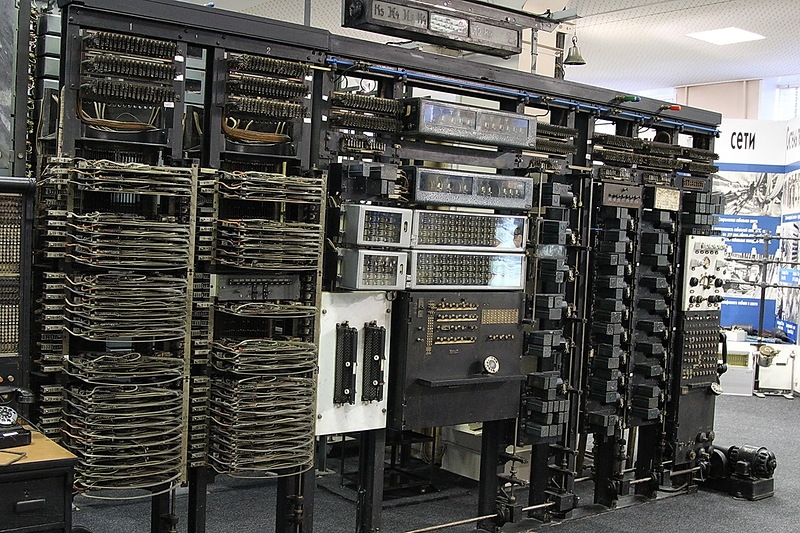

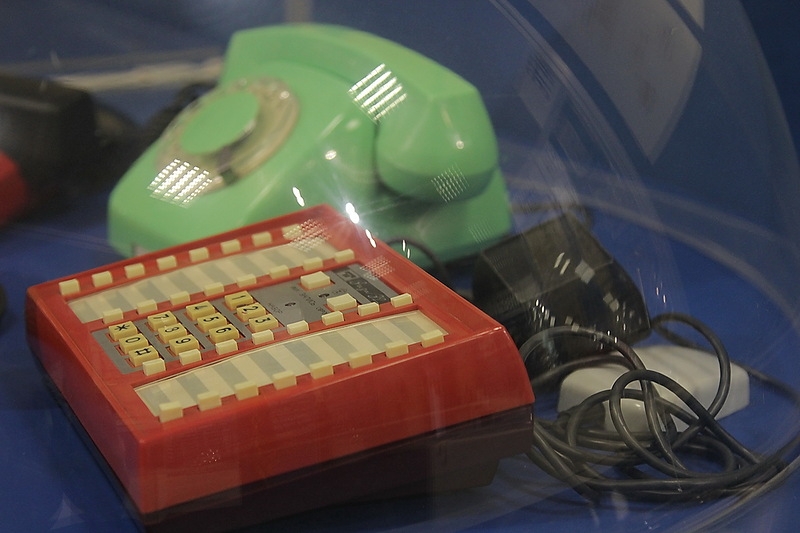
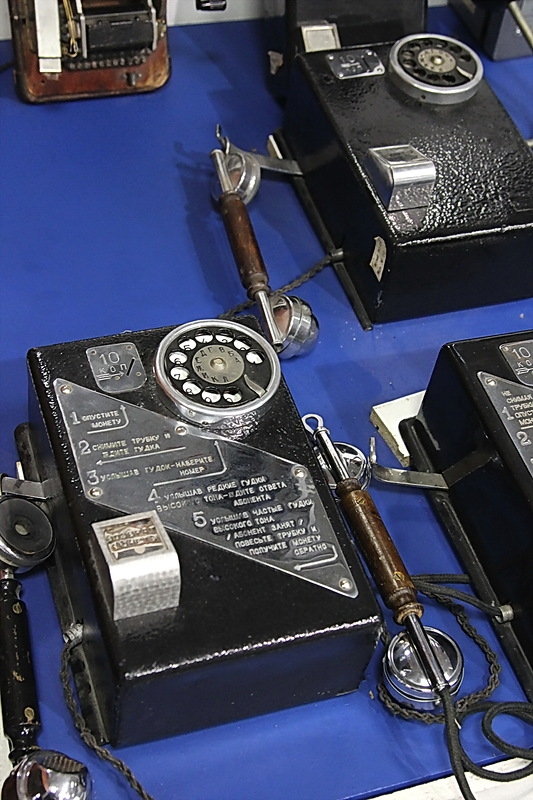

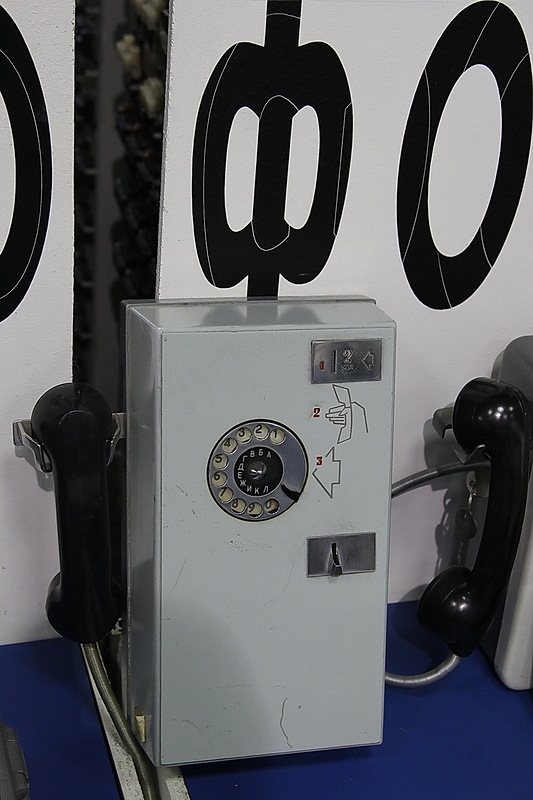

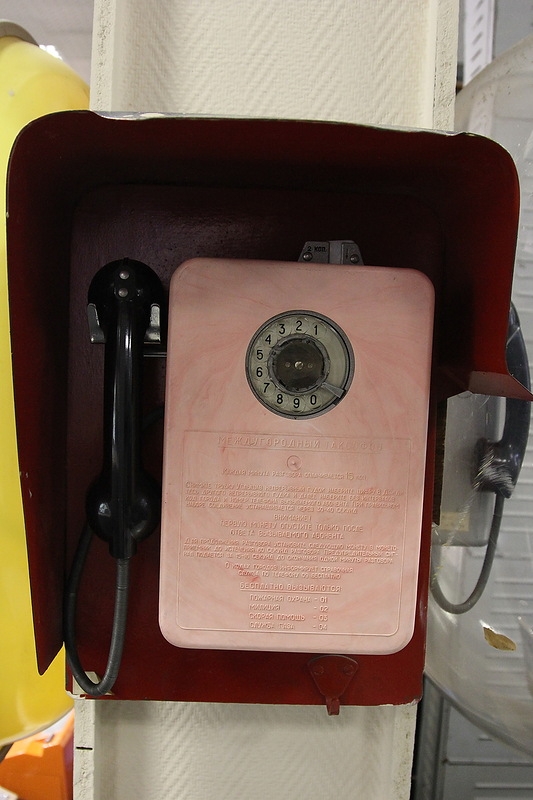
Source ; http://englishrussia.com
Aucun commentaire:
Enregistrer un commentaire